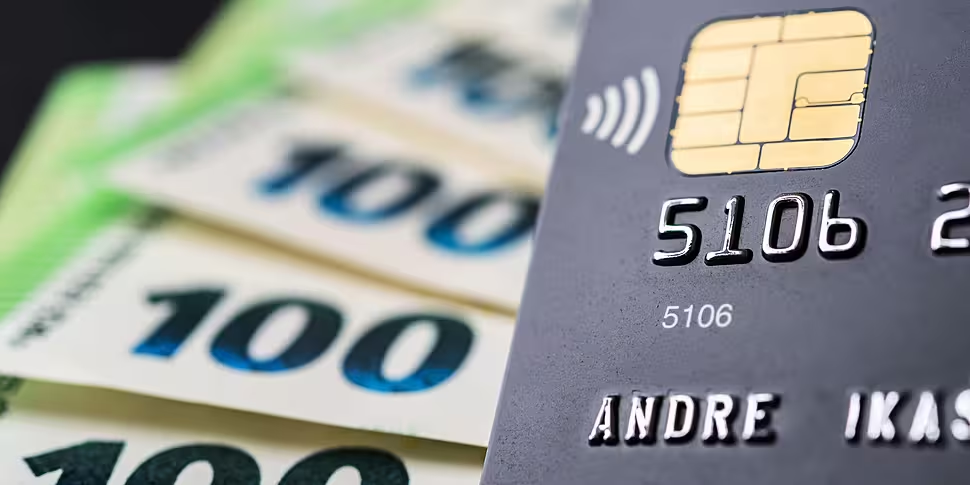It's a new year, and a new list of debts for many people.
But consumer journalist and host of The Home Show, Sinead Ryan, says this can be easily managed if you plan.
She told Lunchtime Live credit card bills are starting to hit postboxes after Christmas.
"This is the week - if it hasn't arrived already - that your credit card bill is going to be hitting the doormat after Christmas.
"And it's always a kind of a terrifying time, because all that generosity and largesse that seemed so much fun in December is hitting home and people are left with debt.
"But the good news is not only can you find a structure in a scaffolding about managing it, but I'm kind of a big fan into separating debt into good debt and bad debt."
Sinead says most people list the largest debt - for example a mortgage - first, but she thinks this should be turned on its head.
"Do it the other way around: instead of listing it the highest amount first, list the highest interest-bearing debt first.
"That will probably be your credit card - it doesn't matter the amount you owe, it's the interest that you're paying.
"And then the next one maybe could be a personal loan or a car loan or a credit union loan.
"Right at the bottom is your mortgage, that's good debt for two reasons.
"One because it's asset-based, and secondly because it's free: you're not being charged any interest because inflation and interest rates are around the same at the moment."
Sinead says it's the smaller debt people need to watch out for.
"The mortgage is the stuff that is so long-term and out there that - as long as you're meeting your repayments - forget about it, don't worry about it.
"The credit card is the killer, because that's being charged at around 20%.
"To have that lumped on, that means that nice gift that you bought your granny for €100 is going to cost you €120 if you don't pay that off.
"You could have that debt in the summer time, and that's ridiculous really".
Double the minimum payment
And she says doubling the minimum payment you can make will see you pay it off much quicker.
"Even doubling the minimum payment will cut your repayment by about two-thirds.
"Put in a bit more - it's always option two on your credit card: option one is the minimum payment, option two is pay what you like".
And she says option three will likely be further down the line.
"Option three will be pay it off, in full, by direct debit.
"That's what you should be aiming towards when your finances are restructured".
Sinead says an approach known as 'snowballing' debt can make things easier.
"By the time you get down that high, interest-bearing debt - that biggie - you then are used to the repayments going out at a higher rate.
"So take them, and use them then to pay off the next highest interest-bearing loan.
"And that way, you're increasing that payment - it's like a snowballing method - it gets your debt down much quicker.
"Now you do have to be disciplined about it, you don't add to the loan while you're doing it if you can - but it's manageable".
Sinead explains: "You grab that debt, whatever it is - the highest one - and you pay that off as quickly as you can.
"You take the repayments from that, you roll it down into your next loan by doubling those repayments or adding more.
"And then when that one's clear you roll it down into the next one.
"Before you know it - it could be a year, it could be a couple of years - you get to the stage where the only debt you have left is your mortgage debt, and that's good debt".









